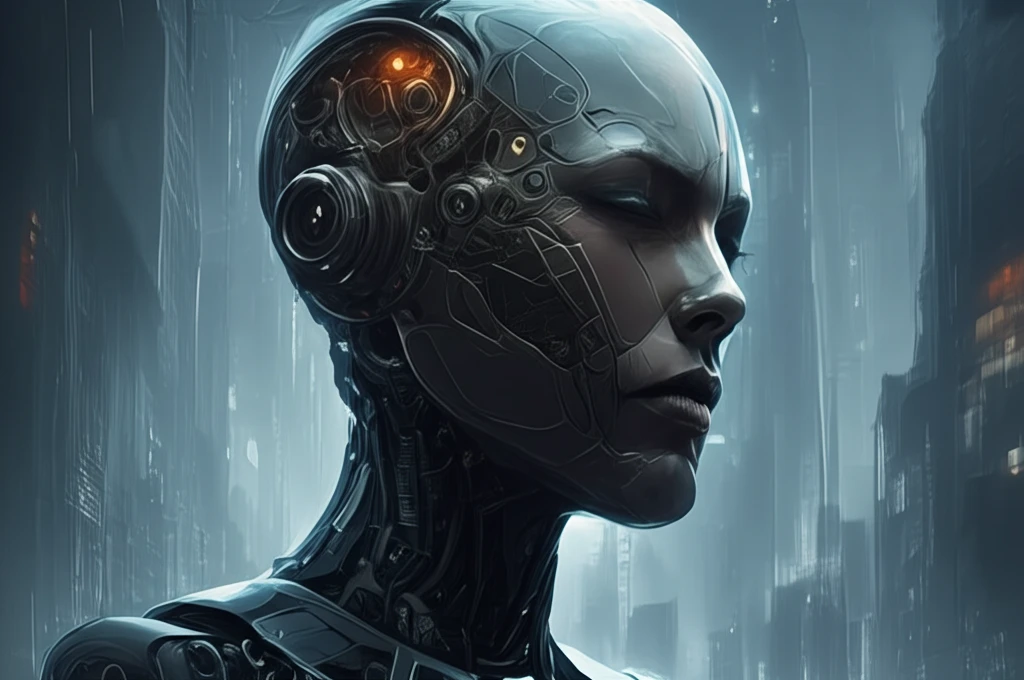
Decoding Robot Faces: The Surprising Science of Human-Robot Connection
"Explore the intricate world of robotic facial expressions and discover how they're shaping the future of human-robot communication, from healthcare to home assistance."
In a world increasingly populated by robots, the ability for these machines to communicate effectively is paramount. Nonverbal cues, especially facial expressions, play a crucial role in human interaction. Imagine a robot caregiver unable to convey empathy or a teaching bot with a perpetually blank stare. The emotional disconnect would be palpable. Recognizing this, researchers are pushing the boundaries of robotics to create machines capable of expressive and nuanced facial displays.
This journey into the world of robotic expressions is a blend of art and science. Engineers and designers are not only grappling with the technical challenges of mimicking human musculature but also considering the psychological impact of these expressions. The goal is to create robots that are not just functional but also relatable, fostering trust and understanding between humans and machines.
From healthcare to education, and even domestic care, the potential applications for expressive robots are vast. This article explores the cutting-edge research, innovative mechanisms, and future directions in the fascinating field of human-robot communication. Get ready to discover how a simple change in a robot's expression can change everything.
The Quest to Replicate Human Emotion

The human face is a complex canvas, capable of displaying a vast range of emotions through subtle movements of its 46 mimic muscles. Replicating this complexity in a robot is no easy feat. Early attempts often resulted in stiff, unnatural expressions that could be off-putting. However, advancements in materials, actuators, and AI have led to significant breakthroughs.
- Human-like Expressions: Robots with realistic skin that deforms in a natural way to create facial expressions.
- Symbolic Expressions: Robots with rigid surfaces that move facial parts to show expressions.
- Exaggerated Expressions: Some robots can produce facial expressions not seen on humans, inspired by comics or animation.
- LED and Projection: Using light and displays to create dynamic facial expressions.
The Future of Robot-Human Connection
As technology continues to advance, we can expect to see even more sophisticated and expressive robotic faces. These advancements will not only improve communication but also foster deeper connections between humans and machines. From personalized healthcare to educational companions, the potential for expressive robots to enrich our lives is immense. The key lies in responsible design, ensuring that these technologies are used to enhance human well-being and promote understanding in an increasingly automated world.
